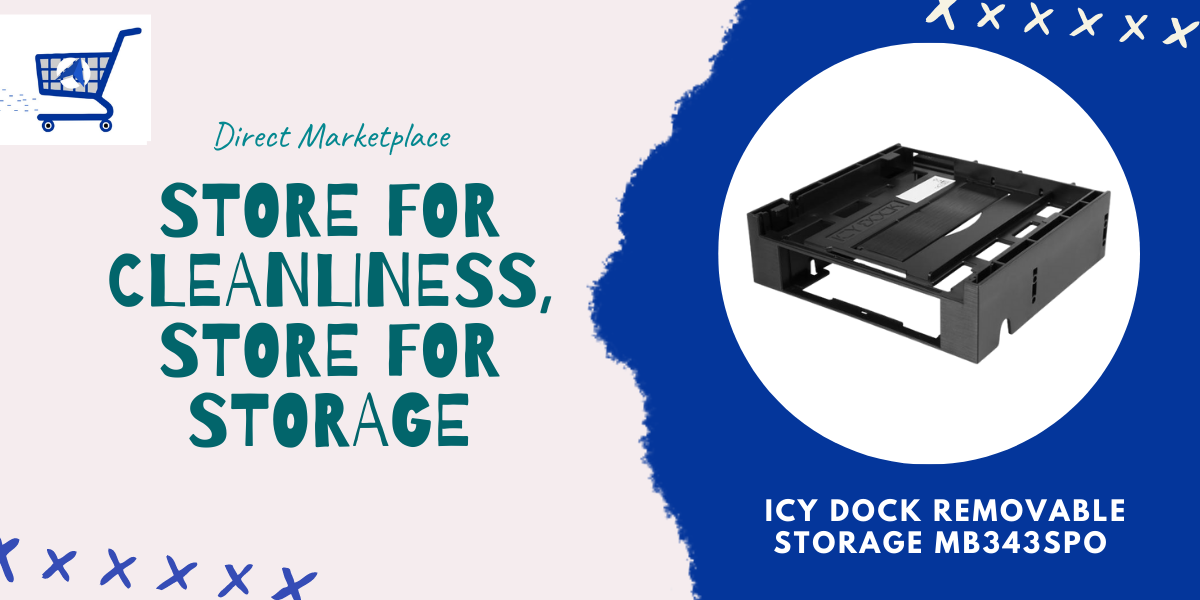In today’s increasingly competitive business environment, revenue leakage can be a considerable thorn in the side of profitability. Without identifying and addressing these leaks, every loss accumulates—compromising the organization’s overall bottom line. In this article, we will dive deep into understanding revenue leakage, its common causes, identifying methods, and how you can prevent and recover it.
Understanding the Concept of Revenue Leakage
Revenue leakage refers to the financial losses that occur in the course of conducting business often without the business even recognizing it. These losses can be traced back to various operational inefficiencies, non-compliance with pricing policies, or underutilization of resources.
It’s subtle and usually goes unnoticed until it develops into a significant issue affecting the company’s bottom line. Revenue leakage can harm business sustainability and growth, making it crucial to understand and monitor.
Often seen as a byproduct of complex modern business models, revenue leakage is a widespread issue across various industry sectors. Small errors and oversights can lead to a substantial aggregate loss over time, affecting the profitability of the organization.
Therefore, understanding the concept of revenue leakage and its implications and learning how to identify revenue leakage is fundamental for sustained business success.
Common Causes of Revenue Leakage in Business

Understanding what causes revenue leakage can be the first step toward prevention. One of the significant reasons businesses face this issue is due to inefficient processes and systems resulting in invoicing errors, unapplied credits, or uncollected receivables.
Another critical factor contributing to revenue leakage is disconnected platforms. A lack of integrated systems may lead to revenue falling through the cracks as the management struggles to oversee all processes diligently.
Additionally, business practices such as discounting, sale returns, and contract non-compliance can also significantly contribute to revenue leaks. This happens when businesses fail to adhere to the clauses stipulated in contracts regarding pricing, discount limits, and more.
Lastly, poor record keeping and archaic manual processes can also lead to errors, late payments, and eventually, loss of revenue.
Revenue Leakage Identification Methods
The first step in spotting revenue leakage is conducting regular internal audits. These audits scrutinize every financial activity, checking for compliance with policies, detecting errors, and identifying areas prone to leaks.
Another way to identify revenue leakage is through data analytics. Utilizing modern software to collect and analyze business data can highlight patterns and trends, providing a clear picture of where the business might be losing money.
Businesses can also rely on process mapping or reviewing contractual agreements. Process mapping can bring to light inefficiencies in the workflow, and a thorough contract review can spot areas of financial vulnerability.
Finally, companies can also encourage employees to report any suspected revenue leakage. Cultivating an ethos of collective responsibility can significantly aid in identifying and preventing revenue loss.
Strategies for Preventing and Mitigating Revenue Loss

Implementing strategies to prevent revenue leakage is essential for a sustainable business. One way to do this is by strengthening internal controls and ensuring their adherence amongst all departments.
Adopting an integrated system that connects all platforms within the organization is another effective strategy. This way, the management can maintain a superior overview of all processes and transactions and promptly identify any deviances.
Businesses should also consistently review their business models and strategies. The markets, regulations, and customer behaviors frequently change, necessitating a regular revisit of business strategies and adjusting them accordingly for optimal revenue generation.
Lastly, training employees on the company’s financial policies and the implications of revenue leakage can foster mindful business handling, preventing potential losses.
Effective Solutions for Revenue Leakage Recovery
After identifying points of revenue leakage, it’s crucial to develop and implement robust recovery strategies. These strategies could involve reassessing and reforming ineffective processes, ensuring correct billing, and timely collection of receivables.
Data analytics tools can also play an essential role in recovery by providing insights into profit margins, customer behavior, and sales trends, hence enabling informed decision-making.
Investing in technology that facilitates automated invoicing, billings, and payments can help eliminate human-induced errors and inefficiencies, contributing significantly to revenue recovery.
Lastly, companies should consider having a dedicated team that continually monitors, evaluates, and refines these recovery strategies. A proactive and systematic approach could go a long way in plugging the revenue ‘leaks’ and improving profitability.
Altogether, revenue leakage is a considerable challenge that businesses across industries face. However, understanding its concept, identifying the common causes, deploying suitable techniques to spot it, and applying effective prevention and recovery strategies can help manage this problem. Focus on refining your business processes, staying ahead with technology, and regular audits are key to stopping revenue from ‘leaking’ away unnoticed. Remember, every dollar saved is a dollar earned—so let’s start plugging those leaks today!
Also Read:










